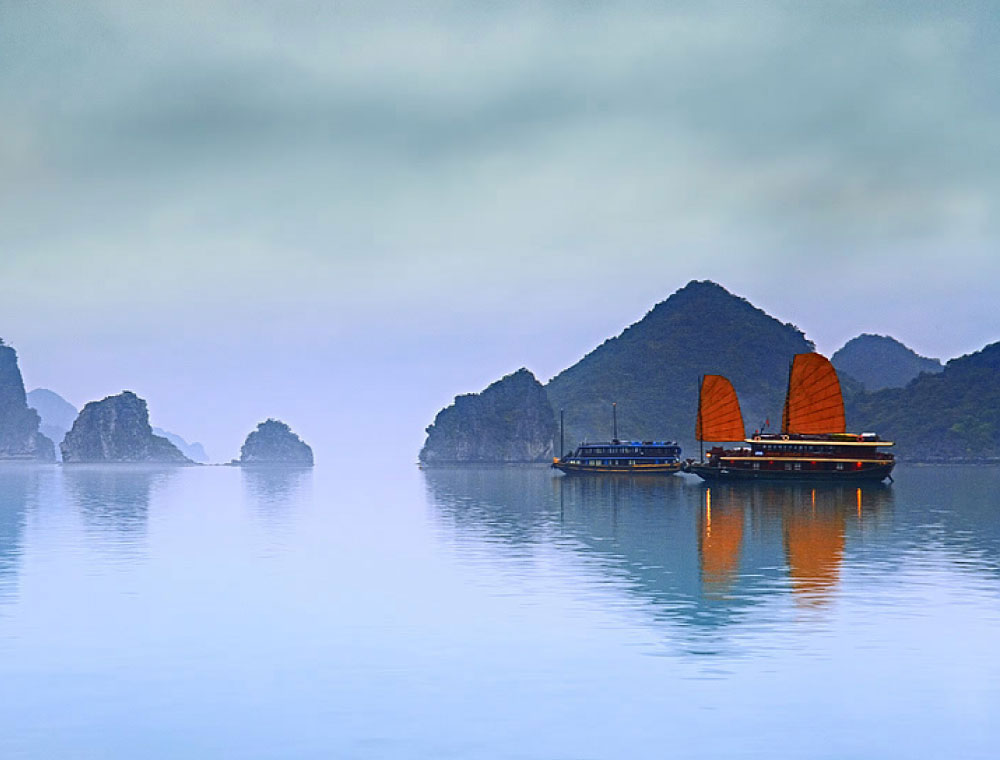D'RAY SAP WATERFALLS
D’raysap is the name in the E De language which means the Fall of Mist. This meaning is derived from an observation that the powerful flow of the falling water is so fierce that when it hits the water surface below, the water foams. The continuous foaming of the water has made the falling water become a vaporous cloud of mist. The echo of the falling water is heard from a long distance throughout the year.
YOK DON NATIONAL PARK
The largest of Vietnam's national parks, Yok Don encompasses about 60,000 hectares. It is home to nearly 70 animal species, 38 of which are listed as endangered in Indochina, and 17 of those species endangered worlwide. The park habitat accommodates some 200 different species of birds. There are about 17 ethnic groups here. The locals are mostly M'nong, a matrilineal tribe.
ETHNOLOGY MUSEUM
The museum is one good place to get some understanding of some 30 distinct ethnic groups residing in Dak Lak province. Displays at the museum feature traditional Mongtagnard dress, as well as agricultural implements, fishing gears, bows and arrows, weaving looms and musical instruments. There is a photo collection with explanation about the historical contact between the Mongtagnards and the majority Vietnamese. The Ethnology Museum is in the former reception of the royal villas of King Bao Dai.
AKO DHONG VILLAGE
Ako Dhong Village (or Co Thon), is 2 km north of Buon Ma Thuot City, Dak Lak Province.
It has 300 inhabitants, all of the villagers are the E De and the M’Nong people.
"Ako" means the original source in the E De’s language, and "Dhong" means Valley, the Valley of the original source of Ea Nhon Spring. This is a village famous for its prosperity, and is often called "The village of tile-roofed houses" or "Ama Rin Village".
PIROGUE ROWING AT LAK LAKE
The lake has an area of some 500 hectares. The great body of water hemmed in between low lying mountains has from time immemorial been home to many kinds of wading birds such as wild ducks and teal.
Memory of the visit to the Lak lake would be sticked to Pirogue rowing, elephant riding, and friendly local minorities.
BAN DON VILLAGE
Don village is located close to the Cambodian border and is well known as the native land of elephant hunters and trainers throughout Southeast Asia.
Ban Don has been famous for its Kru, powerful elephant tribe leaders, for a long time, and is well known in India and France for its elephant. Y Pui, a 102-year-old man (1883-1985) who tamed over 450 elephants, spent part of his life as Bao Dai King’s mahout. Elephant training and hunting has been passed down through generations.
The visit to Ban Don take you to villages of minorities Lao, Muong, Ede, Giarai in the area. And if you are interested in the history of Elephant hunting, visit to the Grave of King of Elephant Hunter would be recommmended.
